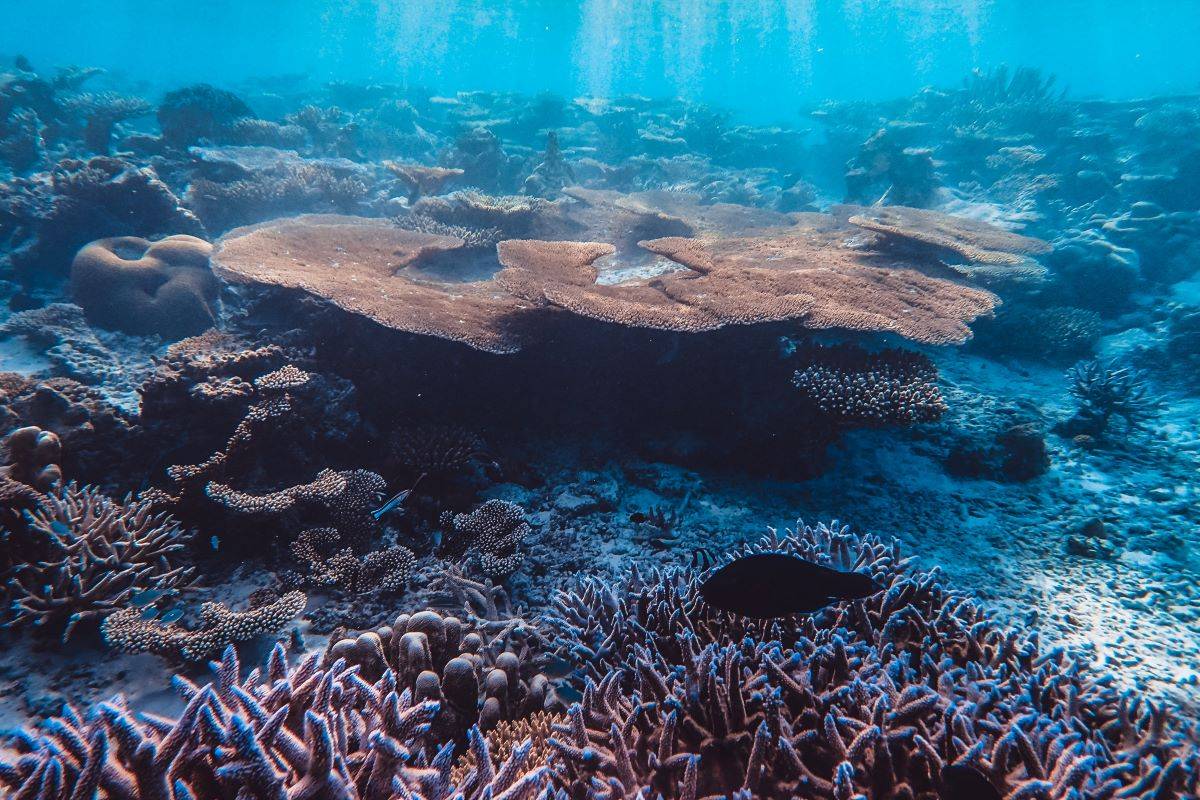
Department of Fisheries has given the green light to 732 artificial reef units across 10 coastal states to promote sustainable practices in India's coastal regions. This initiative comes as part of the "Integrated Modern Coastal Fishing Villages" sub-activity under the Centrally Sponsored Scheme (CSS) of the Pradhan Mantri Matsya Sampada Yojana (PMMSY), with a total investment of Rs 126 crore.
The projects are being executed with the technical expertise of the Fishery Survey of India (FSI) and the ICAR-Central Marine Fisheries Research Institute (CMFRI). Notably, all coastal states have completed the site selection process, with Kerala and Maharashtra advancing to the tendering phase for project execution. It is anticipated that all these projects will reach completion by January 2024.
This strategic initiative, which focuses on the installation of artificial reefs and sea ranching programs in coastal waters, is poised to breathe new life into coastal fisheries and replenish fish stocks.
Artificial reefs represent innovative engineering interventions designed to restore and enhance natural habitats, boost productivity, and efficiently manage aquatic resources. Their multifaceted advantages include:
1. Fish Aggregation and Habitat: Artificial reefs, similar to their natural counterparts, serve as gathering points for fish, providing them with a habitat to thrive. These structures also mitigate wave damage along the coasts, facilitate marine ecosystem regeneration, and act as carbon sinks. According to CMFRI, they can lead to a two to three-fold increase in catch rates and efficiency, resulting in significant fuel and energy savings and higher incomes for fishermen.
2. Marine Life Support: These reefs provide a solid substrate for various marine life forms, including corals, algae, and plankton, to attach and grow. They create favorable conditions for sea ranching and serve as crucial spawning and nursery grounds for fish.
3. Recreational and Ecotourism Opportunities: Artificial reefs enhance recreational fisheries and create suitable areas for activities like snorkeling and diving. This not only contributes to local tourism but also reduces conflicts over fishing grounds.
4. Environmental Conservation: These structures help restrict bottom trawling in nearshore areas, aiding marine ecosystem regeneration. Small-scale fishermen also benefit from higher catch rates.
5. Support for Non-Mechanized Boats: A single artificial reef unit of 300m3 is expected to support 25-30 non-mechanized boats, further boosting the livelihoods of traditional fishermen.
The Pradhan Mantri Matsya Sampada Yojana (PMMSY), launched in May 2020 with an unprecedented investment of Rs. 20,050 crore, aims to usher in a Blue Revolution by fostering sustainable and responsible development in the fisheries sector.
Over the years, increased fishing activities have taken a toll on coastal fisheries, resulting in heavy fishing pressure, loss of fishing grounds due to bottom trawling, coastal development, and decreased per capita yields. These challenges have forced fishermen to venture into deeper waters.









